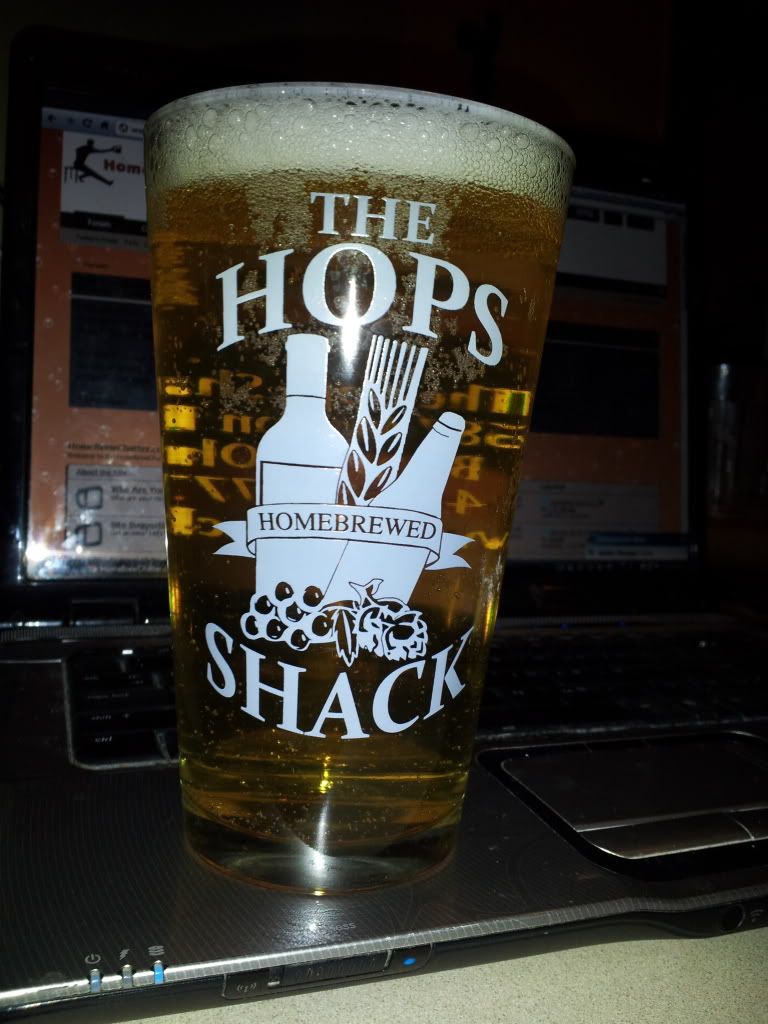djfriesen
Well-Known Member
- Joined
- Sep 7, 2011
- Messages
- 1,190
- Reaction score
- 27
If I pitch a smack pack of London Ale III onto a 1.055 OG robust porter, Mr Malty says I'll be underpitching. I'm planning on brewing tomorrow, so I need to know what the effects will be so I can try to get a starter together. I have only used dry yeast to this point, so I'll have to take a crash course on starters if it is going to make a big difference for my beer. Thanks.



